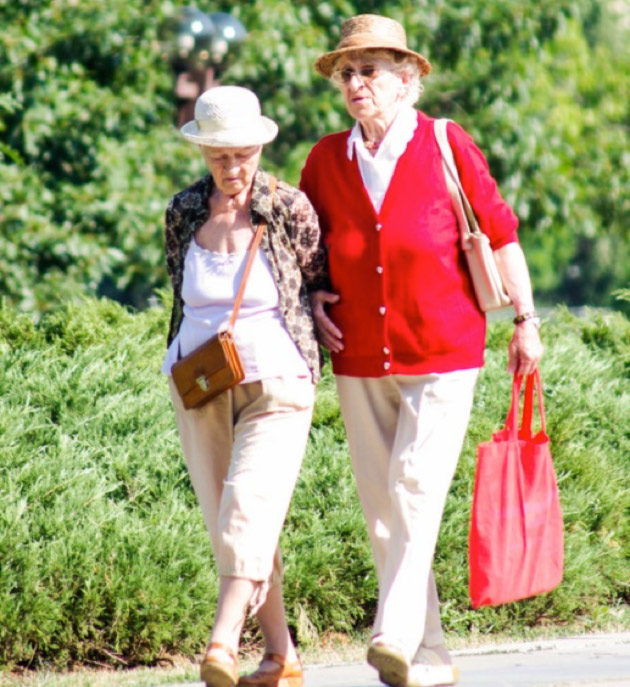When older people begin to suffer cognitive deficits from Alzheimer’s or dementia, it’s necessary for them and their family members to develop methods for ensuring safety from falls. A study published in Age and Aging found that Alzheimer’s patients experience three times the number of hip fractures that other patients do; and another study noted an average of four falls per year among people with some level of dementia. Numerous research reports reviewed by the Alzheimer’s Association show that environmental modification and specific monitoring for these patients yield the best results. Here are the aspects of a plan to enable safely aging in place for as long as possible:
Environmental support
Remove anything that can be tripped over: small rugs, books, shoes and anything else that’s loose on the floor. Install handrails in the bathroom and make sure all lighting through the house is bright. Bath mats can be taped down to the floor with double-sided tape, and all of the necessary products should be placed within easy reach. No use of ladders or stepping stools should be needed.
Exercise and footwear
Muscles respond to conditioning throughout our entire lives, and a well-supervised exercise program will yield better strength and coordination even for very fragile elderly people. High-quality supportive shoes can also make a significant difference in stability and balance.
Monitor foot and eye health
The Fisher Center for Alzheimer’s Research urges elderly patients to schedule regular checkups for eye problems such as cataracts. Similarly, many elderly people experience serious foot problems, and these can cause pain and difficulty in walking. Many such conditions are easily treated and are frequently overlooked as a cause of falls.
Re-evaluate drug regimens
Older patients often take numerous prescription medications, some of which cause dizziness or loss of balance as a side effect. Elderly patients or their caregivers should request that the primary care physician re-evaluate the full array of medications on a regular basis to see if any problematic ones can be replaced by other compounds.
Occupational therapy
Practitioners in this discipline have many resources to offer a person with cognitive impairment that aid in the activities of daily living. The Alzheimer’s Society notes that an occupational therapist can demonstrate new methods of bathing, dressing and tending to daily needs that incorporate safer methods of moving around. These specialists can also provide advice regarding assistive technology and other support options to caregivers.
While it’s possible to reduce the incidence of falls through careful planning, the risk cannot be eliminated entirely. New technology for wireless communication provides older patients with the opportunity to preserve their independence for as long as possible while maintaining the greatest degree of safety. Geofence technology and GPS locators let family members know their loved one is safe, while high-tech communication beacons mean that the elderly person can always summon assistance. The combination of independent living with wireless safety monitoring provides older adults with the greatest sense of autonomy and satisfaction.
This article is brought to you by HealthConnect, a leader in Medical Alert systems offering three solutions to meet every need. Please contact us via email at info@HealthConnectInc.com, Twitter @HealthConnect00, call 800.262.3045 or visit our website at www.HealthConnectInc.com



